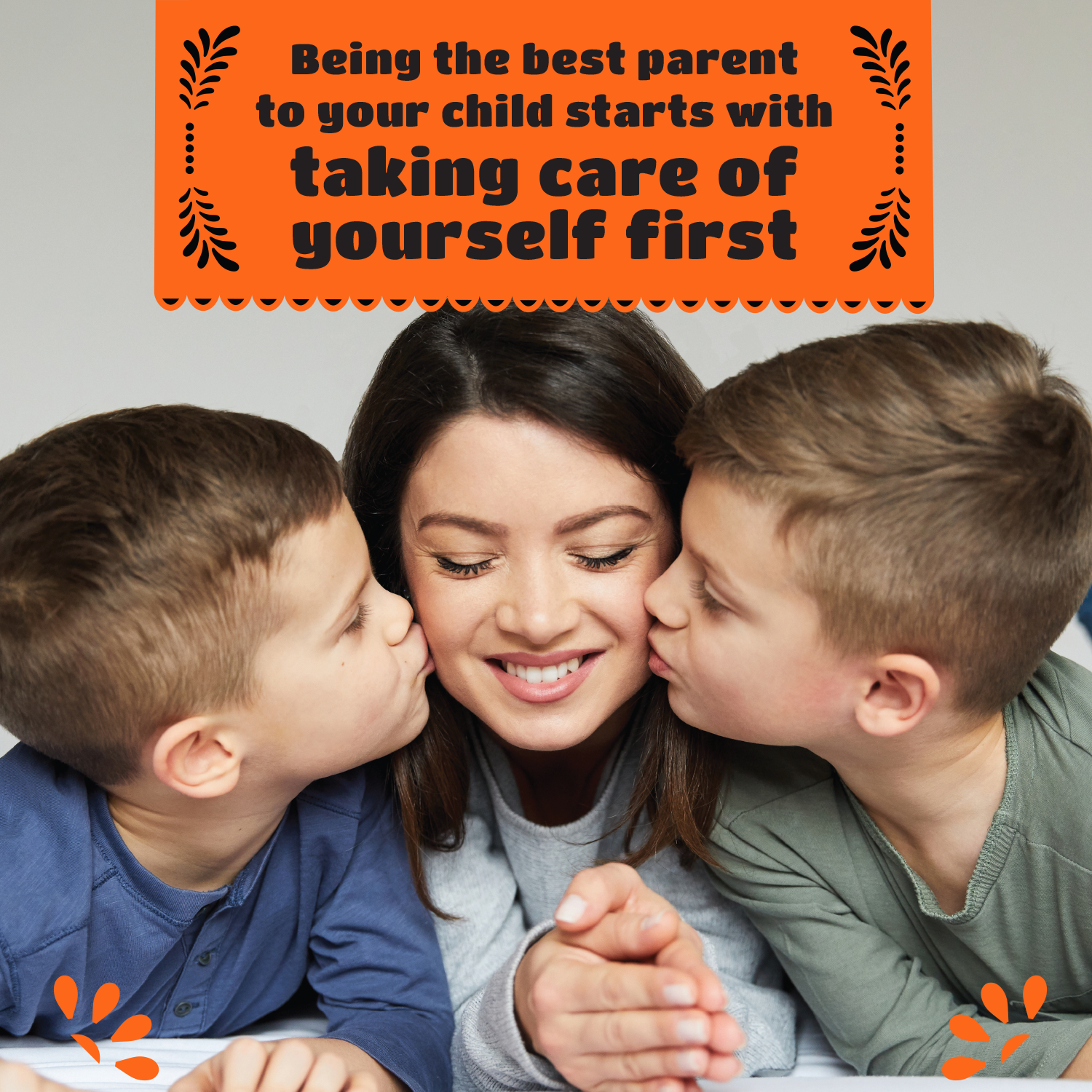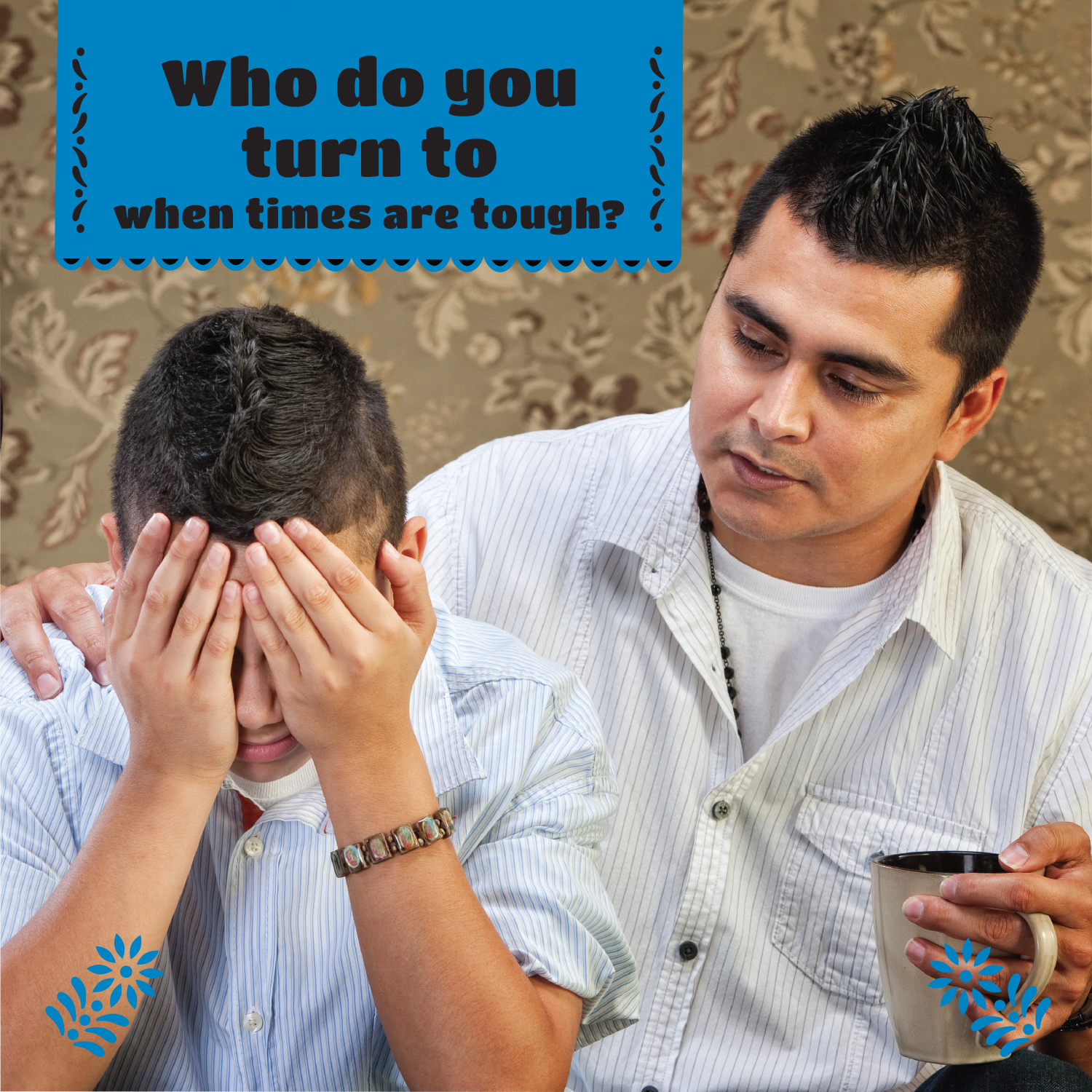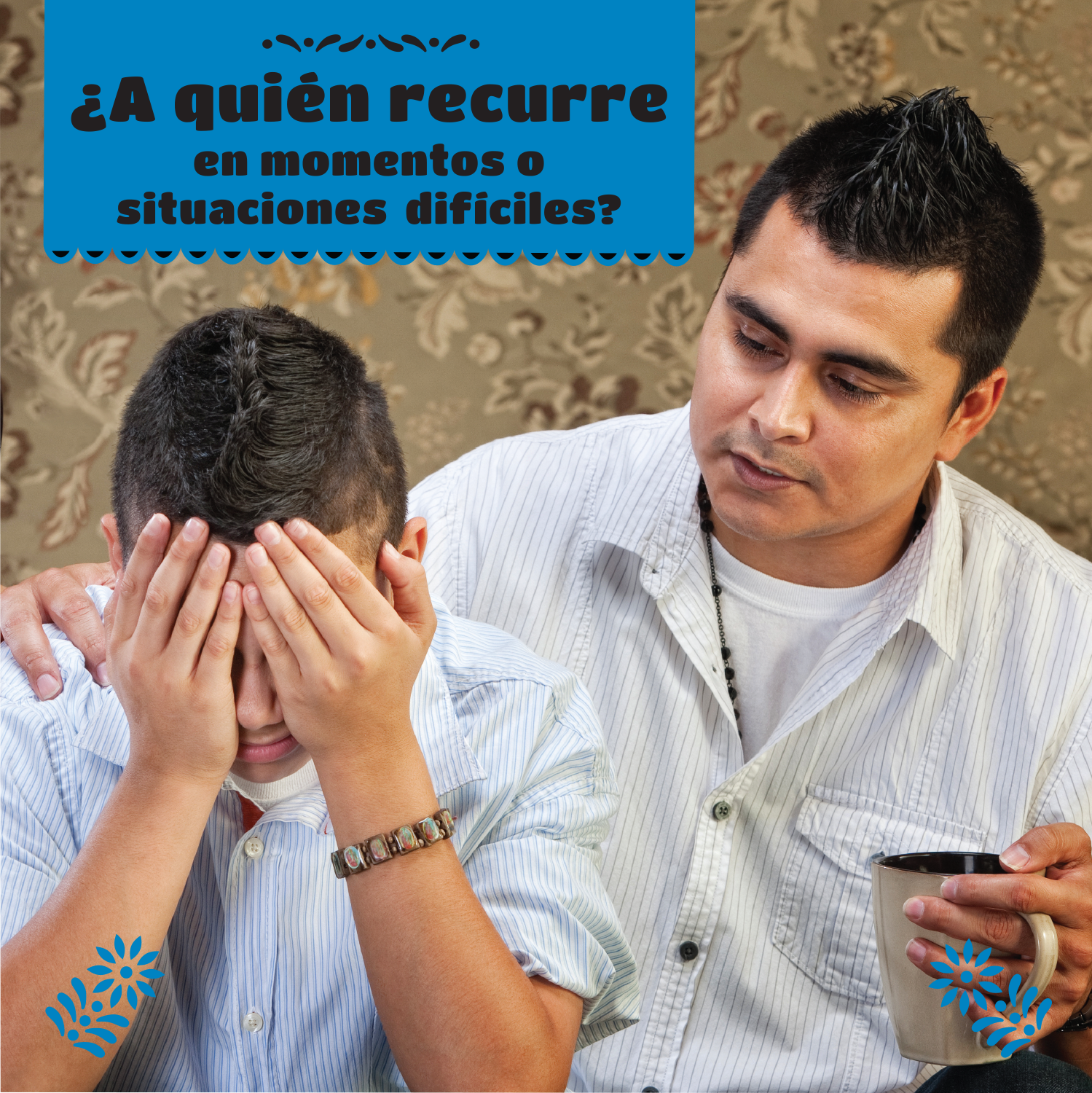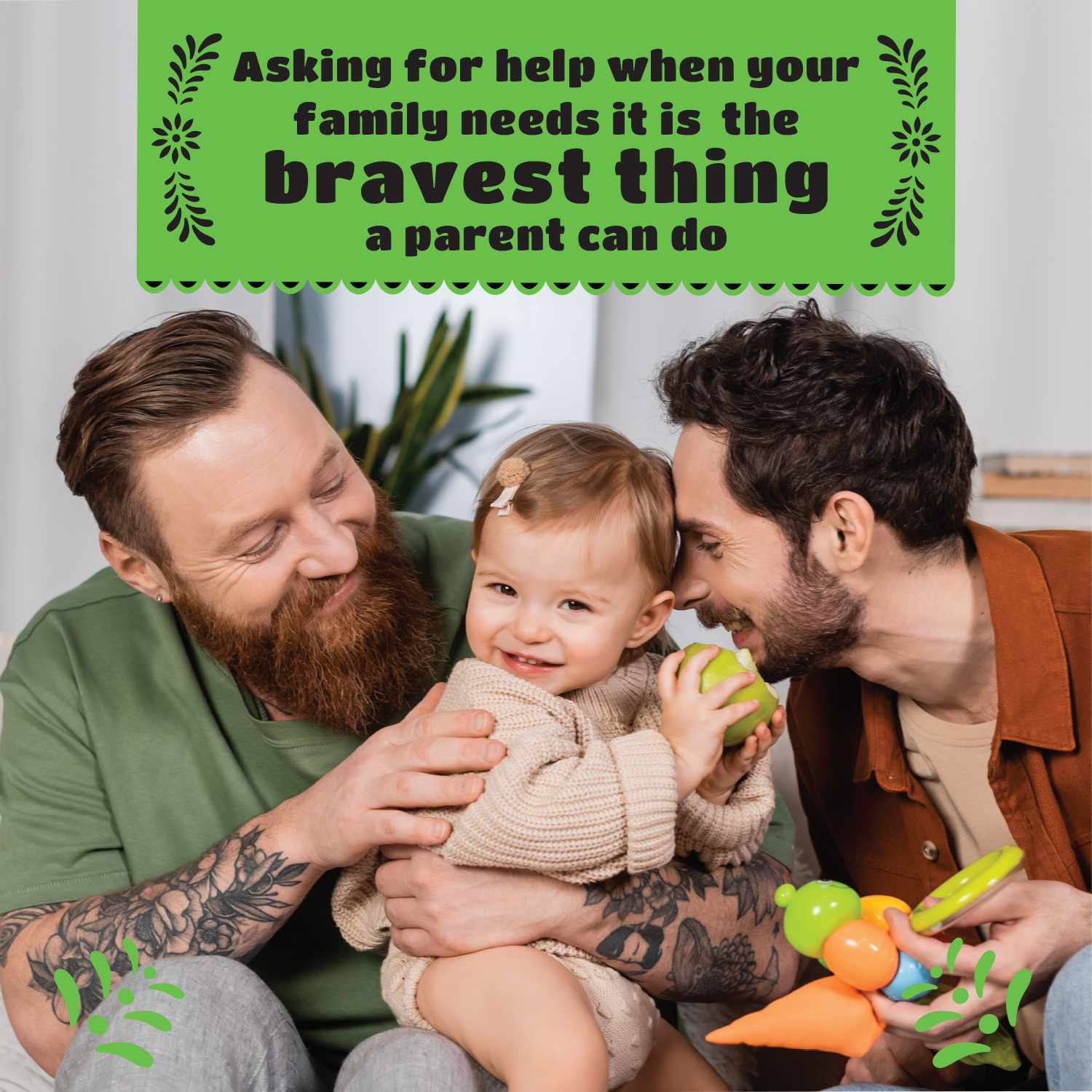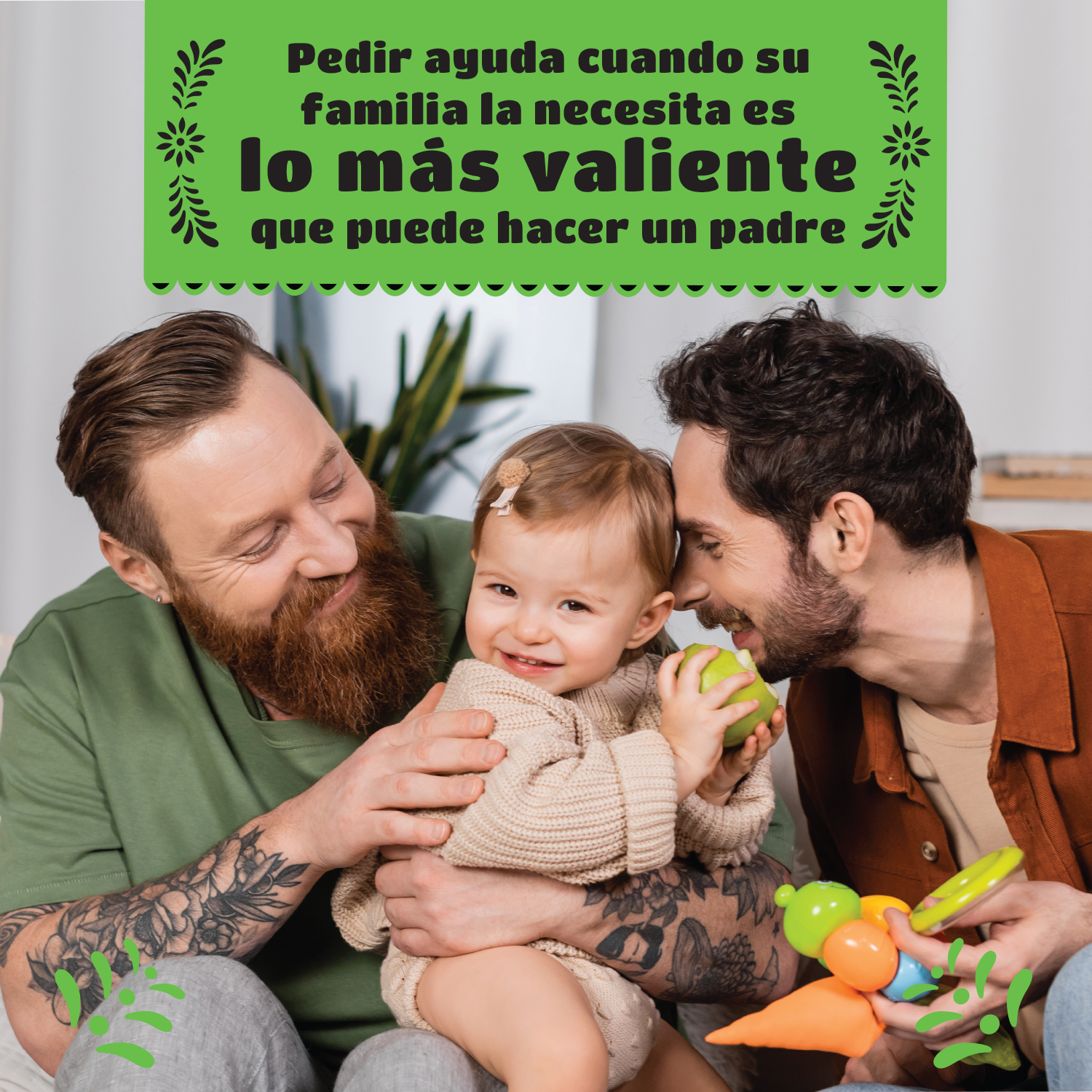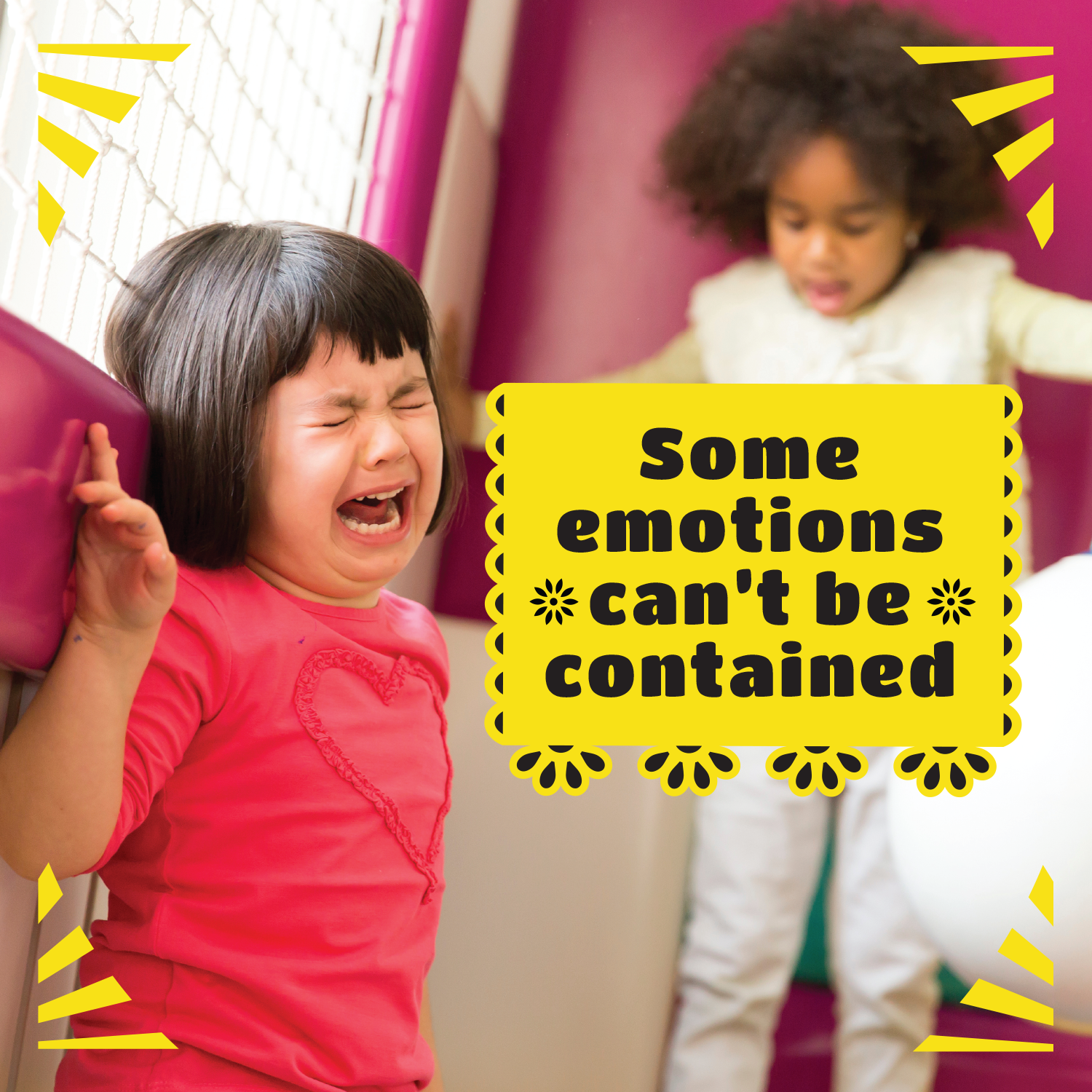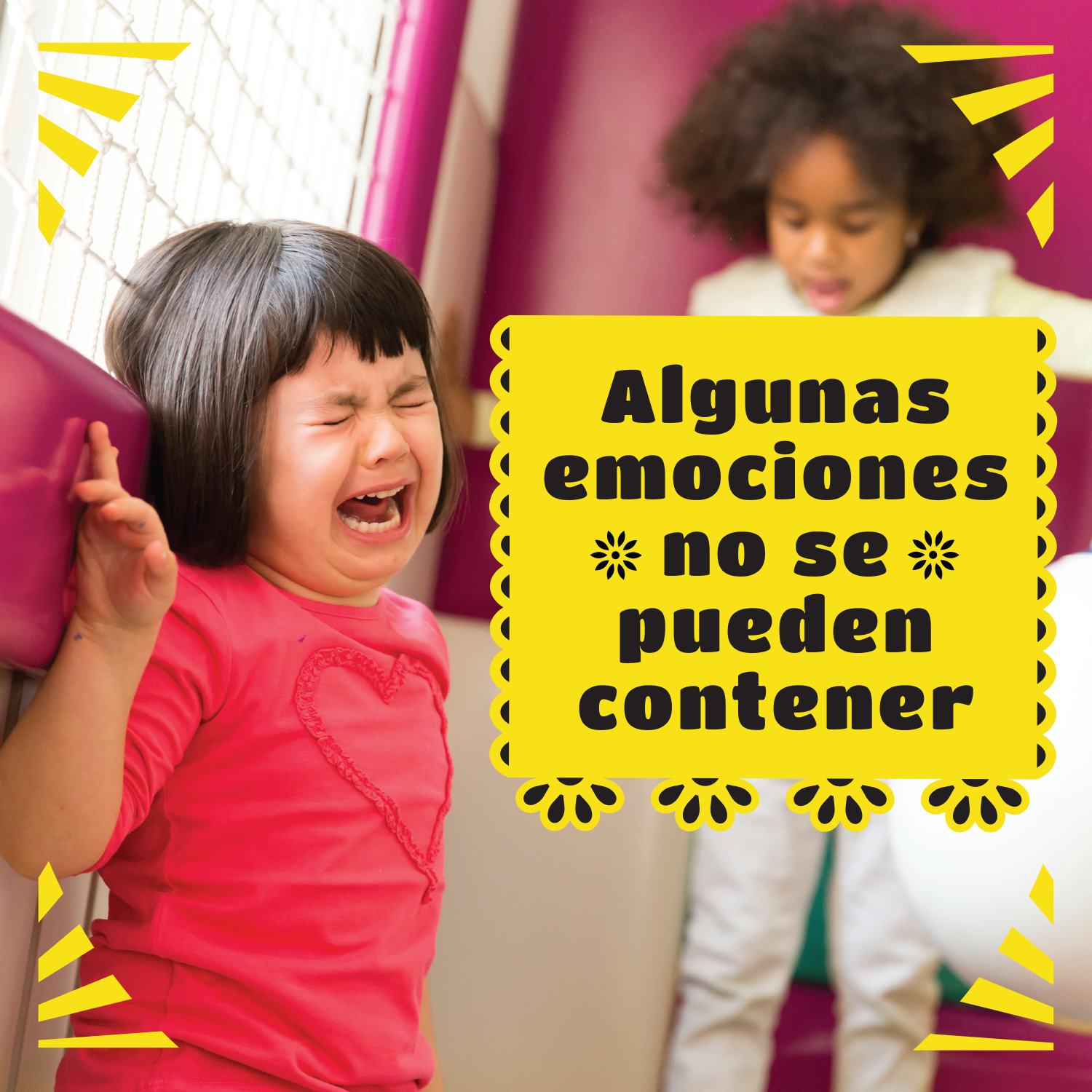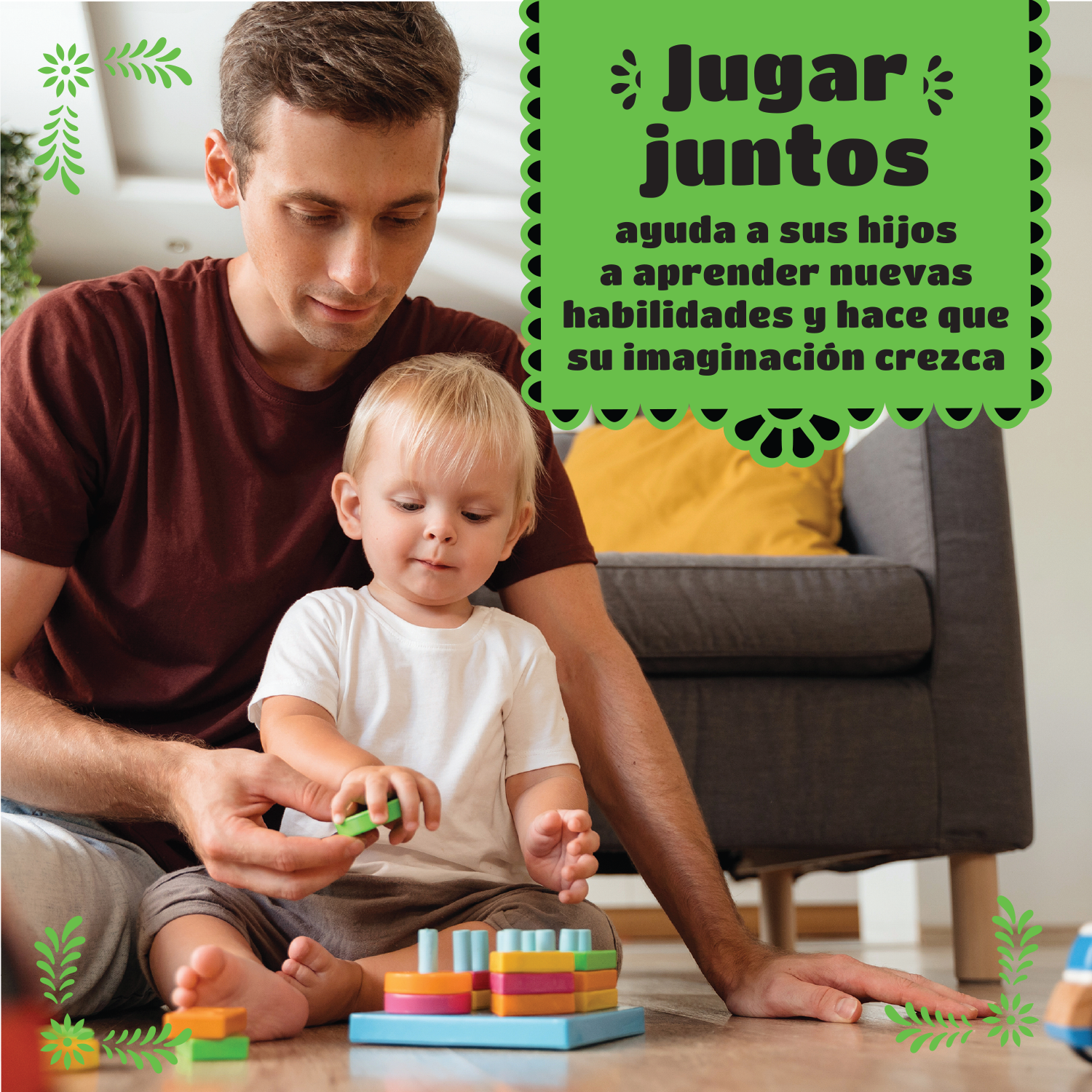Why did we launch this campaign?
To protect children by strengthening our community.
Risk Factors for child maltreatment happen across many domains. Suffering abuse and neglected, living in a home with mental health or substance abuse issues, or being homeless are childhood experiences that have an immediate impact, but also can affect long-term mental and physical health. Childhood adversity (especially multiple traumas) can cause toxic stress. Excessive activation of the body’s stress response system leads to long-lasting wear and tear on the body and brain, by damaging neurons in developing brains, immune systems and more.
The 1995 groundbreaking Adverse Childhood Experiences (ACEs) Study by the CDC and Kaiser Permanente demonstrated that people who have experienced ACEs in the family household are at greater risk for lifelong issues like substance abuse, mental health issues (depression, anxiety, suicide attempts), heart disease, and cancer. Not surprisingly, the health-related conditions caused by the chronic toxic stress of ACEs aligns with Napa County’s most persistent unmet health needs.
Newer research has identified additional types of ACEs that compound an entire community’s dose of ACEs. Adverse Community Experiences include poverty, discrimination, neighborhood violence and poor housing quality and affordability. Children who live in poverty are three times more likely to be abused and seven times more likely to be neglected than children in higher socioeconomic status families. Adverse Climate Events include natural disasters like earthquakes, hurricanes, tornadoes, and events caused by the climate crisis – wildfires, record heat and droughts, storms, flooding, and mudslides.



